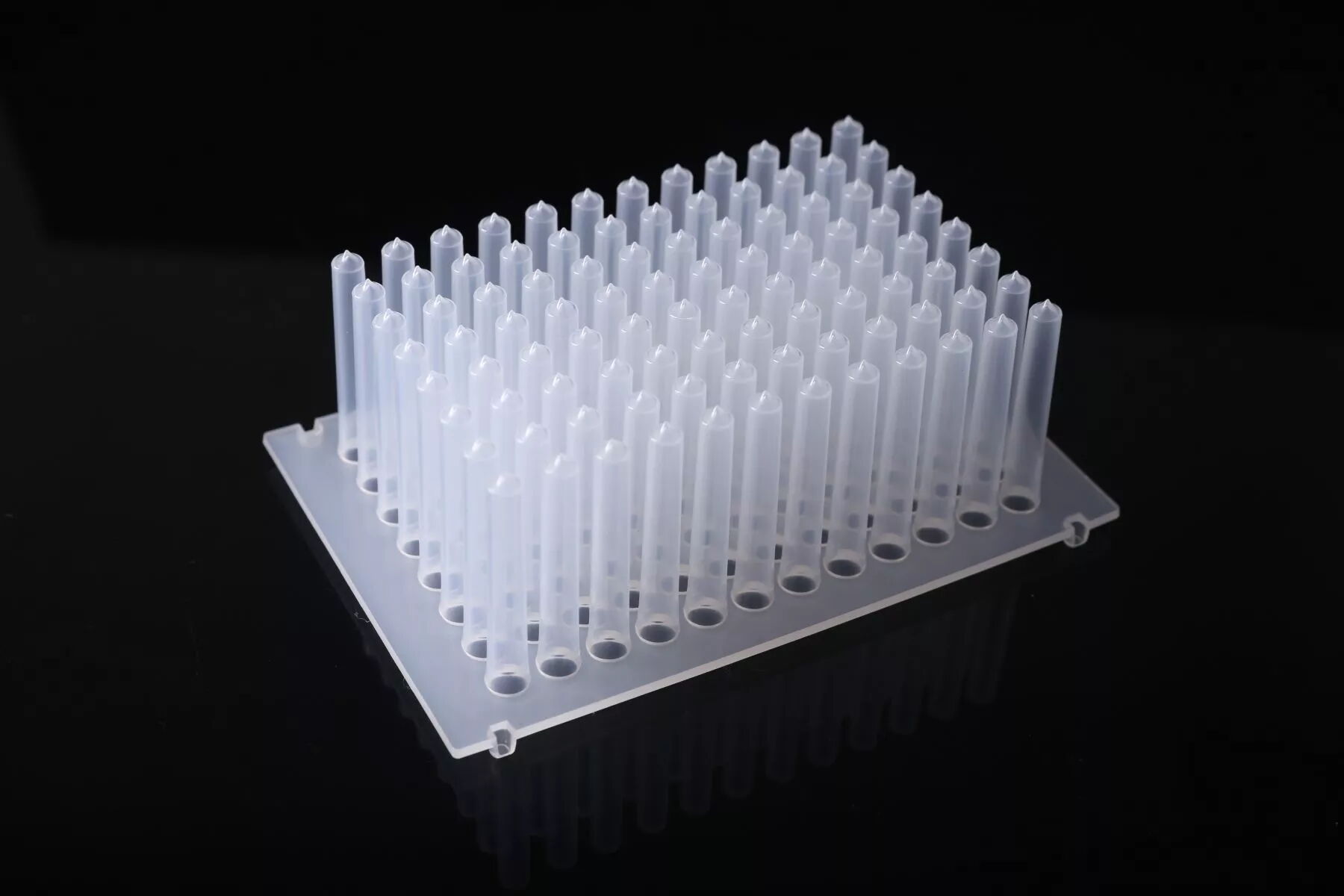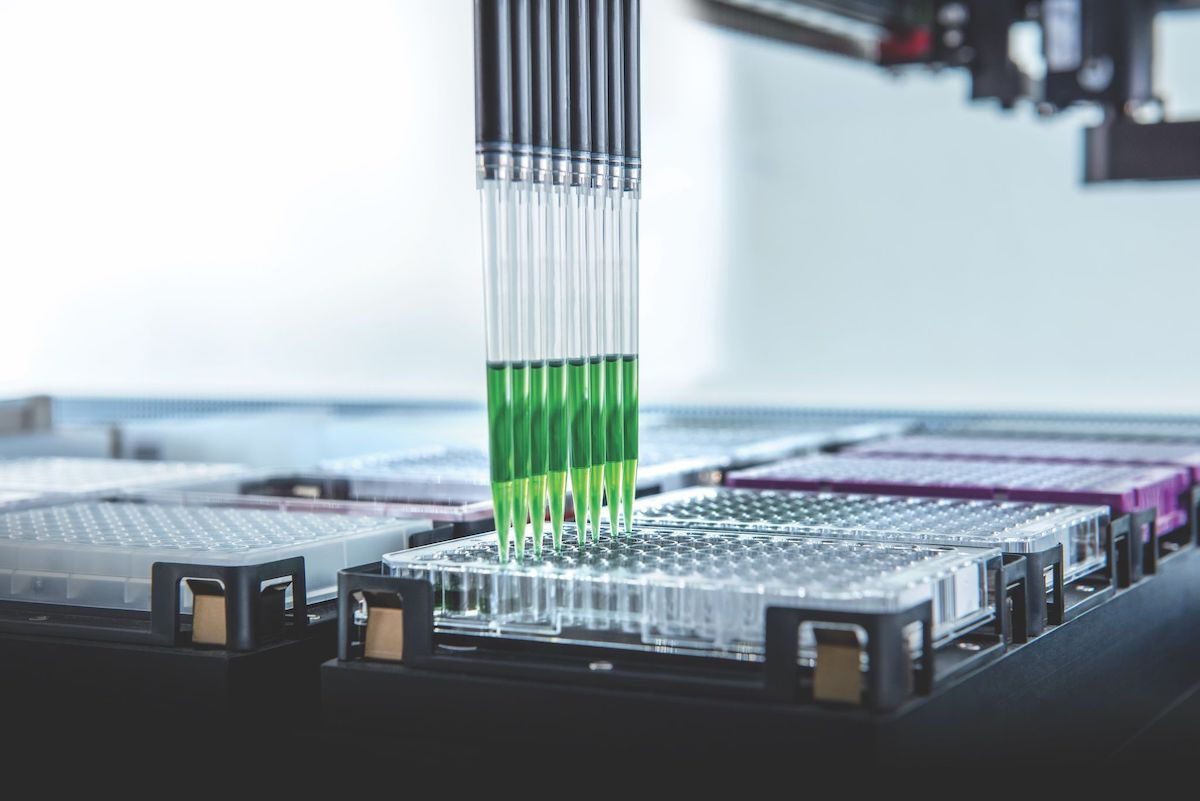Quality Management of Pipette Tip Molds
Dec 17, 2022
The use characteristics of pipette tips make it require good dimensional stability. Correspondingly, higher requirements are put forward for quality control in the production process. This article will explain from two aspects.
1. The detection of the mold
Mold measurement and control play a vital role in quality, and the following points need to be paid attention to:
• Mold bases: When inspecting the mold base, it is necessary to focus on measuring whether the inner frame of the mold is eccentric, and measure at least two layers of the upper and lower layers of the inner frame to prevent the upper and lower tapers of the inner frame.
• Mold cores: When measuring the mold core, focus on the control of glue position, penetration position, impact position and other positions, and at the same time, the balance of glue injection also needs to be controlled.
• Inserts: The measurement of inserts needs to be strictly controlled according to the 2D drawing, and the concentricity of the inserts needs to be controlled well to prevent the inconcentricity of the inserts from affecting the concentricity of the molded product.
• Appearance: The appearance of the pipette tip directly affects the accuracy of the pipette tip for storing liquids. Therefore, check whether there are scratches, deformation, and abnormal polishing at the position of the high-gloss mold structure.
2. Inspecting pipette tips
The management and control of molded products is also an important link, monitoring the changing trend of quality, discovering abnormal situations in time, and preventing problems from recurring. Pay attention to the following aspects:
Appearance: There should be no obvious bubbles and scratches on the surface of the product, no burrs on the pipette tip end, no residual burrs on the parting line, and the inner wall of the pipette tip must be smooth to prevent residual liquid from affecting the test accuracy.
Dimensions: ① The size of the pipette tip needs to be carefully controlled, and the angle of the inner wall of the product can be calculated using a three-dimensional measuring cone. ② The concentricity of the product directly affects the sealing effect and the accuracy of the storage solution, and requires key control.
Sealing performance: ① Visual inspection: place the pipette vertically after absorbing the liquid for 15 seconds, and observe whether there are droplets flowing slowly. ②Pressure inspection: use special inspection equipment to inspect the pressure and judge the tightness
1. The detection of the mold
Mold measurement and control play a vital role in quality, and the following points need to be paid attention to:
• Mold bases: When inspecting the mold base, it is necessary to focus on measuring whether the inner frame of the mold is eccentric, and measure at least two layers of the upper and lower layers of the inner frame to prevent the upper and lower tapers of the inner frame.
• Mold cores: When measuring the mold core, focus on the control of glue position, penetration position, impact position and other positions, and at the same time, the balance of glue injection also needs to be controlled.
• Inserts: The measurement of inserts needs to be strictly controlled according to the 2D drawing, and the concentricity of the inserts needs to be controlled well to prevent the inconcentricity of the inserts from affecting the concentricity of the molded product.
• Appearance: The appearance of the pipette tip directly affects the accuracy of the pipette tip for storing liquids. Therefore, check whether there are scratches, deformation, and abnormal polishing at the position of the high-gloss mold structure.
2. Inspecting pipette tips
The management and control of molded products is also an important link, monitoring the changing trend of quality, discovering abnormal situations in time, and preventing problems from recurring. Pay attention to the following aspects:
Appearance: There should be no obvious bubbles and scratches on the surface of the product, no burrs on the pipette tip end, no residual burrs on the parting line, and the inner wall of the pipette tip must be smooth to prevent residual liquid from affecting the test accuracy.
Dimensions: ① The size of the pipette tip needs to be carefully controlled, and the angle of the inner wall of the product can be calculated using a three-dimensional measuring cone. ② The concentricity of the product directly affects the sealing effect and the accuracy of the storage solution, and requires key control.
Sealing performance: ① Visual inspection: place the pipette vertically after absorbing the liquid for 15 seconds, and observe whether there are droplets flowing slowly. ②Pressure inspection: use special inspection equipment to inspect the pressure and judge the tightness
Previous: How to Sterilize Pipettors?
Next: A Pipettor and Its Pipette Tips


